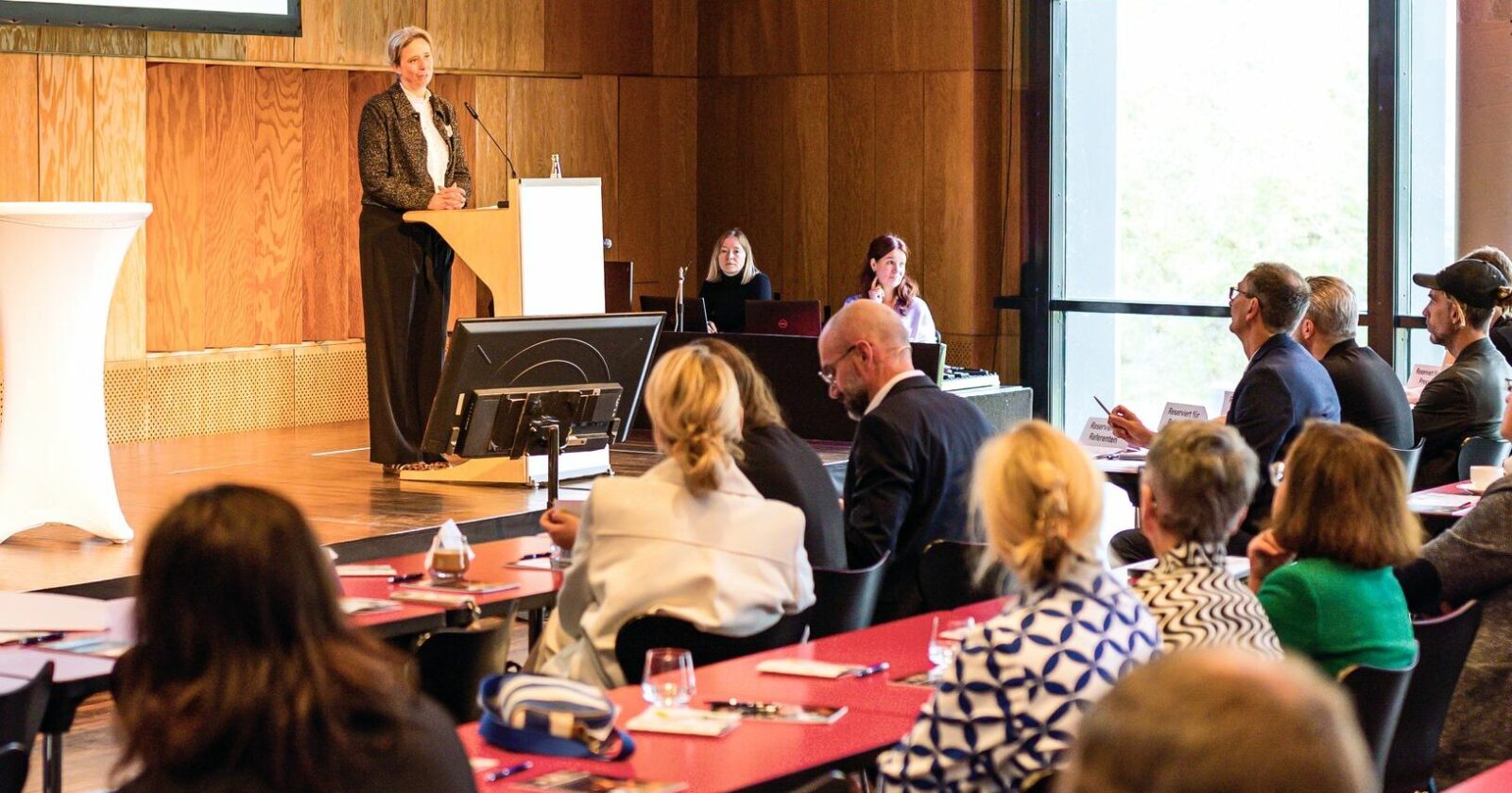“Every time a bankruptcy is announced, everyone immediately believes they know what the company in question did wrong,” explained Carl Tillessen from the German Fashion Institute in Cologne. These “off-the-cuff explanations” are not necessarily wrong, but they never get to the root of the problem. Because mistakes were made before. “The difference between today and before is that older generations of dealers were still able to make mistakes.” Today, most companies are so tight-lipped that the slightest deviation could throw them into trouble, says Tillessen. “Half of all fashion retailers are loss-making. A quarter can be described as precarious and only a minority of 16% are really profitable,” he explained, using BTE figures for 2023.
To get to the bottom of the problem, it’s worth taking a look at the past. “Before online shopping, every customer had a specific retailer.” The reasons why people used to prefer retailers are now “largely lost,” says Tillessen. Thanks to e-commerce, there is no longer any reason to prefer one of two retailers. “All online shops look more or less the same, work the same, work with the same delivery people and deliver in three to five days.” This means that the providers only have the price to convince the customer. “Time is characterized by a similarity of goods, a constant overview of the market and the absence of spatial, temporal and personal preference.” If the criteria come together in this constellation, according to Tillessen, we speak of “perfect competition” in the economy. Ultimately, this would mean that no provider would earn any more money, since as prices continue to fall, there would be no profit left as the last unique selling point, while the retailers who do not lower the price do not generate any sales at all.
Pull out all the stops
But there is a way out, says Tillessen: “In the end, only those retailers can and will survive whose business evades perfect competition.” This works if the business does not or only partially meets the requirements of such perfect competition. To achieve this, some adjustments have to be made: While the spatial and temporal preference through online mail order is almost impenetrable – after all, customers can now have a single hair tie delivered to Shein in just a few days – and the constant market penetration remains irreversible, retailers can rely on the sameness of goods and complete personal preference. “Retailers are no longer just in competition with their neighbors, but with the entire offering on the World Wide Web,” explains Tillessen. For this reason, product ranges that were once correct have become obsolete. Rather, it is a matter of dealing with where which products are offered and for what price – in order to then resort to unique products instead of the widely available goods. But the uniqueness of the business also needs to be highlighted: “The right music can increase profitability by 10%, the right scent by up to 35%,” says Tillessen. “We live in a time where you cannot afford to let potential go to waste. Rather, the retailer has to pull out all the stops to stand out. Only those who manage to stand outside the competition in the eyes of customers will survive.”






Leave a Reply